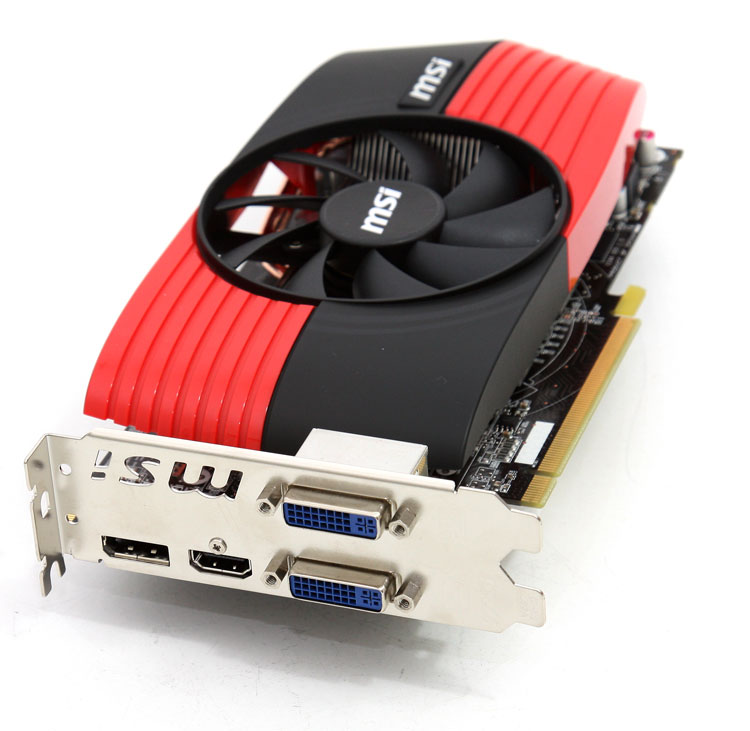Let's meet Bart ...
Let's meet Bart ...
Both cards released in the Radeon HD 6800 range will be based on what is now know as the 'Barts' codenamed GPU. The cards deriving from it will in fact be segmented into mid-range, not high-end as many people expected. So yeah, the best has still to come. The reason? AMD needed to clean up some numbering as next year a lot of new products in the fusion line will eat away the lower segment of the numbering scheme.
The Radeon HD 6800 will segment itself in the mid-range market, whereas the Radeon HD 5800 series will be updated with the Radeon HD 6900 (Cayman) series, with a dual-GPU part named Radeon HD 6900 (Antilles), I can't say it often enough to make this clear I guess.
So that is certainly something to think about, as the naming scheme has changed. Also, why did AMD start with the Radeon HD 6850 and 6870 and not 6900 you might ask. Well, obviously it's easier for AMD to release a slightly lower spec GPU but more importantly, currently the only product that really bothers AMD is NVIDIA's lovely GeForce GTX 460 (GF104). This is a very successful product for which AMD does not have a good answer, as such there's a gap in their product line-up and that gap needs to be filled up first.
Within it's own lineup the Radeon HD 6850 will be faster than the Radeon HD 5830 and the Radeon HD 6870 will be faster than the Radeon HD 5850, but not faster than the 5870 . The Radeon HD 6870 will be a pure reference product, while the Radeon HD 6850 will see many custom designs and boards. In the end it will be all about pricing of course.
Let's have a quick comparative overview of some of the specifications representing a certain cope of mid-range performance products
| Specifications | Radeon HD 5770 | Radeon HD 5850 | Radeon HD 6850 | Radeon HD 6870 |
| GPU | Juniper XT | Cypress Pro | Barts Pro | Barts XT |
| Manufact. tech. | 40nm | 40 nm | 40nm | 40nm |
| GPU frequency | 850 MHz | 725 MHz | 775 MHz | 900 MHz |
| Stream processors | 800 |
1440 | 960 | 1120 |
| Memory frequency | 4800 MHz | 4000 MHz | 4000 MHz | 4200 MHz |
| Memory bus |
128-bit | 256-bit | 256-bit | 256-bit |
| Memory buffer |
1 GB GDDR5 | 1 GB GDDR5 | 1 GB GDDR5 | 1 GB GDDR5 |
| Power consumption |
108 watt | 151 watt | ~ 127 watt | >150 watt |
| Performance |
- | - | Faster than 5830 | Faster than 5850 |
So the two R6800 SKUs each have a separate codename, the R6850 being Barts Pro and the 6870 being the Barts XT. We'll leave the entire codename thing for what it is now and move a little onward into the architecture.
 Both cards are of course updated DX11 class products with a couple of new features. Armed with 1.7 billion transistors the Radeon HD 6850 is pitted against the competition's GeForce GTX 460 768MB model, the 6850 which is clocked at 775 MHz on it's core and shader processors domain and comes with a full GB of graphics memory. This memory is 256-bit and running at an effective data-rate of 4000 MHz.
Both cards are of course updated DX11 class products with a couple of new features. Armed with 1.7 billion transistors the Radeon HD 6850 is pitted against the competition's GeForce GTX 460 768MB model, the 6850 which is clocked at 775 MHz on it's core and shader processors domain and comes with a full GB of graphics memory. This memory is 256-bit and running at an effective data-rate of 4000 MHz.
The product has 12 SIMD clusters, 48 texture units, 960 shader processors, 32 ROPs and a TDP of 127W, 19W in idle. Despite the memory bus, you can recognize similarities close to the R5770 here. This product however will bring you 1.5 TFLOPS of performance, and combined with that 256-bit gDDR5 memory it will leave the R5770 far behind it.
Pitted against the GeForce GTX 460 1GB version is the Radeon HD 6870, and this is going to be the more interesting product for the most of Guru3D's readers we suspect. As you noticed the overall shader count and clock frequencies are higher than earlier leaked rumors, that applies to the R6870 as well.
The 6870 is clocked a good chunk faster at a nice 900 MHz, it also comes with a full GB of graphics memory. This memory is 256-bit and running at an effective data-rate of 4200 MHz with a peak bandwidth at 134 GB/sec. The product has 14 SIMD clusters, 56 texture units, 1120 shader processors, 32 ROPs and a TDP slightly above 150W with a 19W idle TDP. This product will bring you 2.0 TFLOPS of performance. This means that performance wise the R6870 will sit in-between a R5850 and 5870.
Features wise both graphics cards will be very similar to the last generation products and are merely an advanced update, however some new features like DisplayPort now follows 1.2 interface specification, HD3D, UVD3 and HDMI 1.4a are introduced. We also spot a new Anti-aliasing mode (Morphological AA), better Anisotropic filtering and improved Tessellation performance - up to twice the performance of that of the 5000 series.

